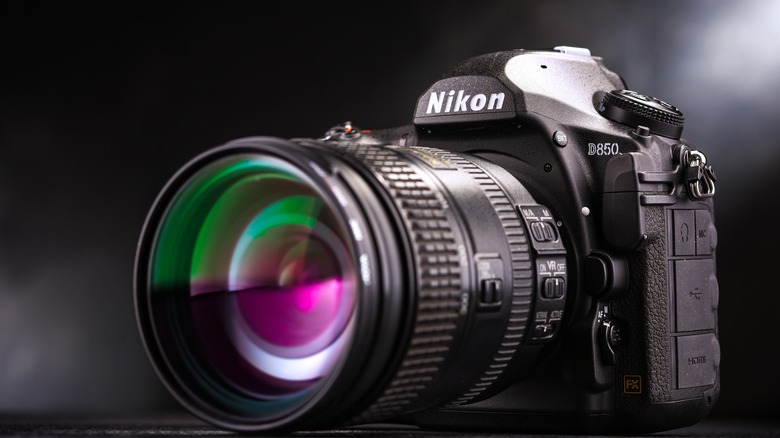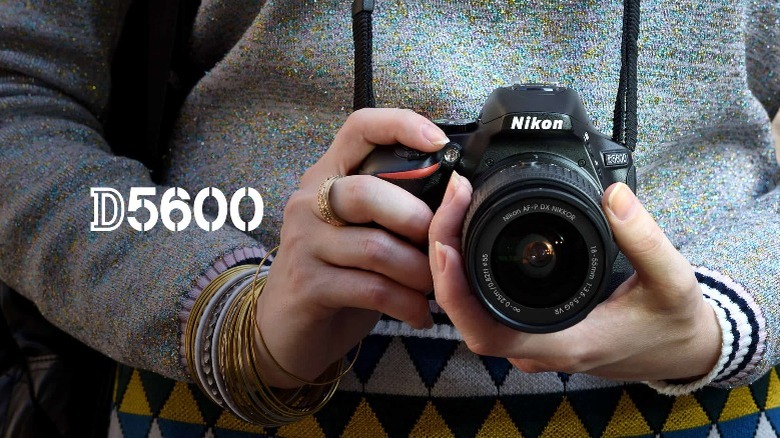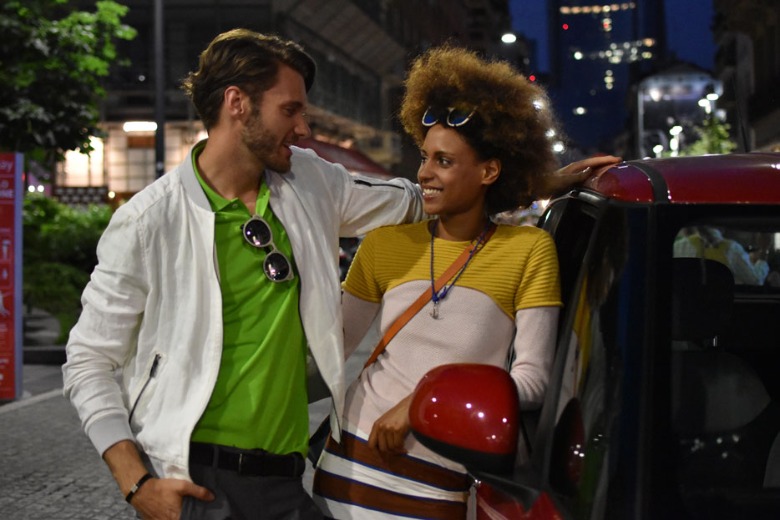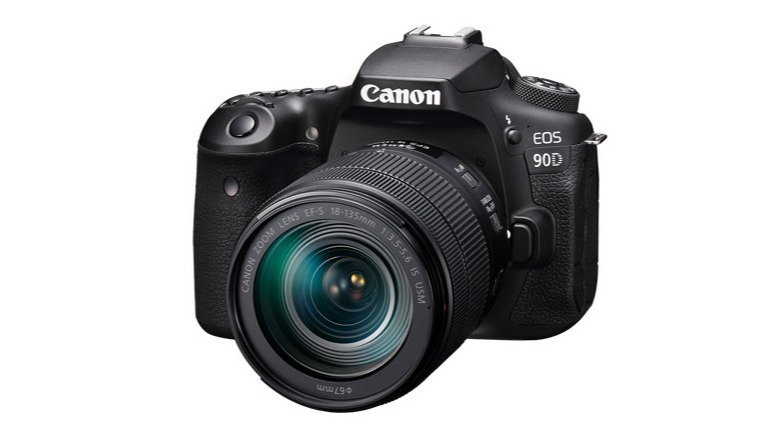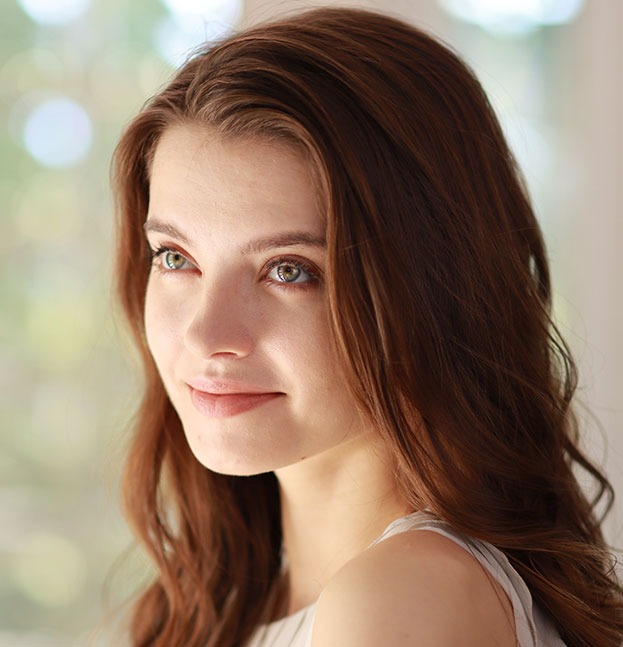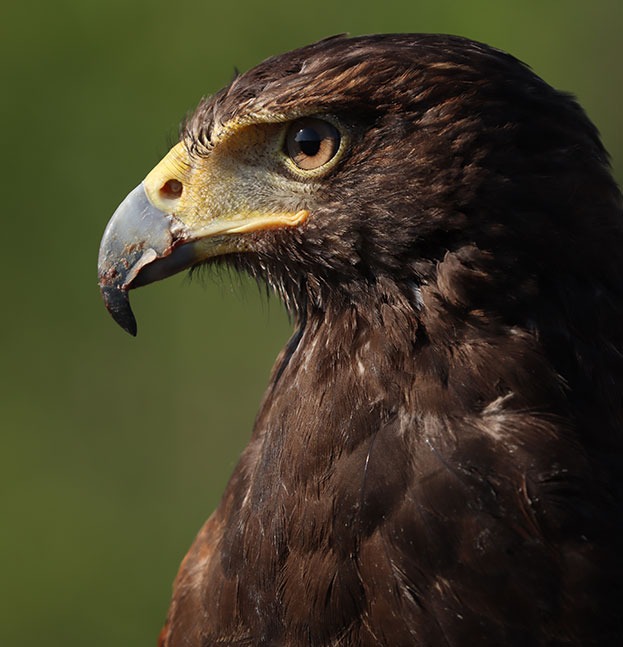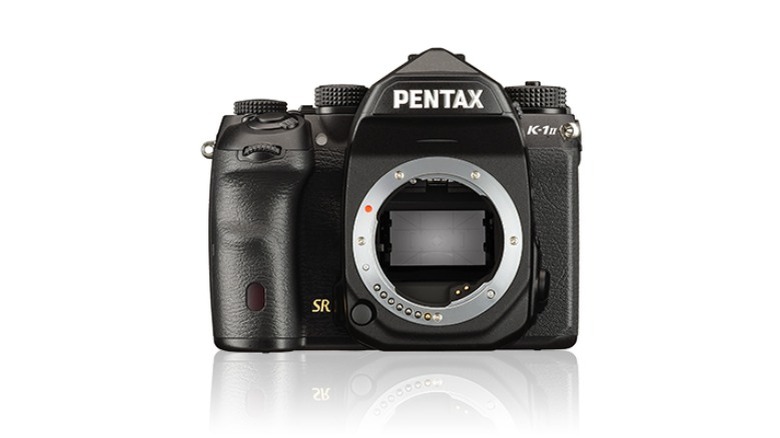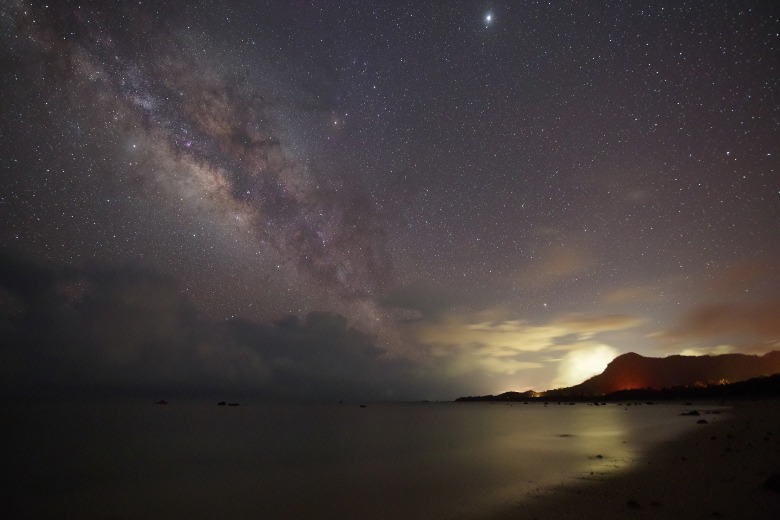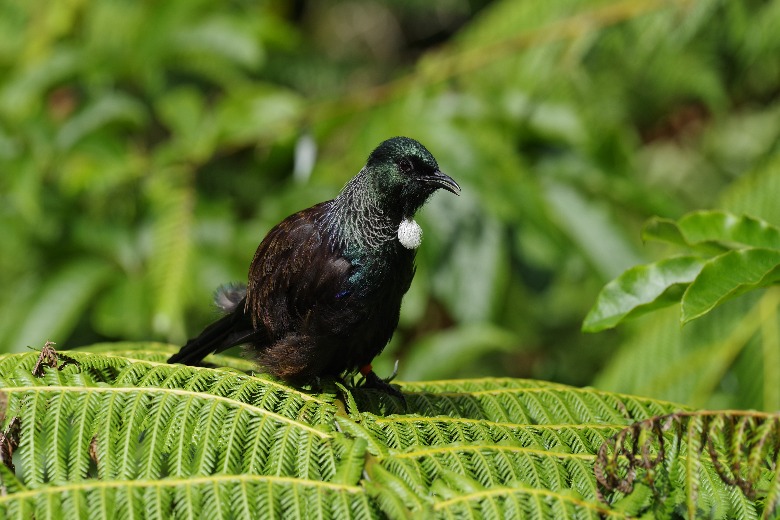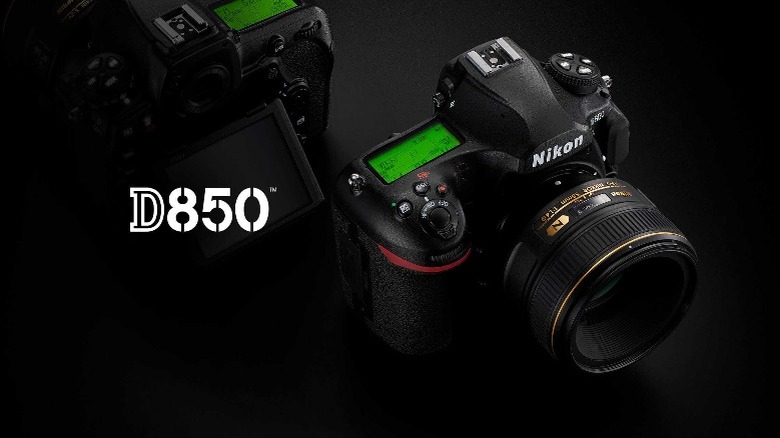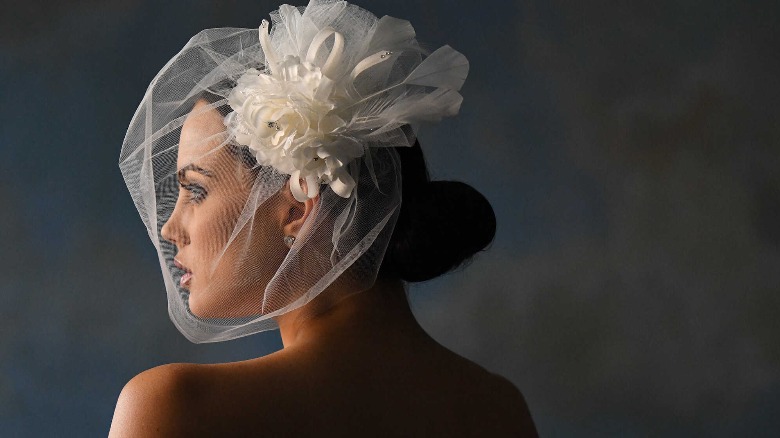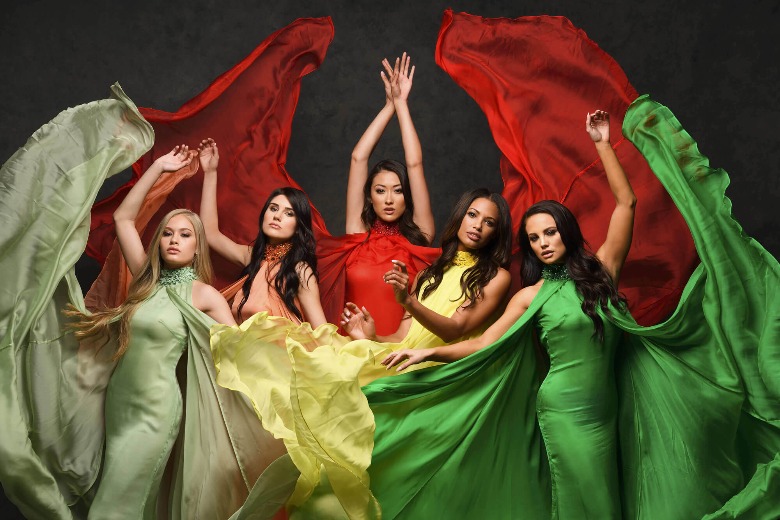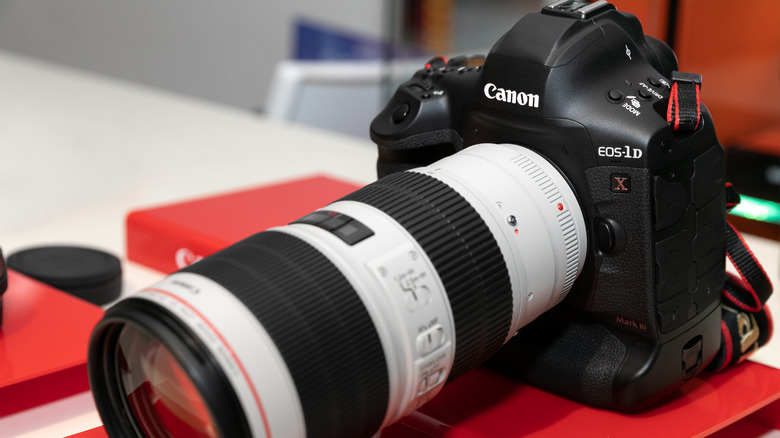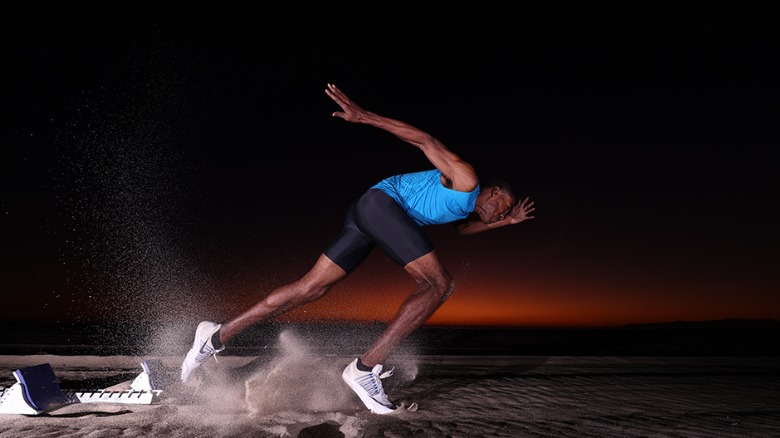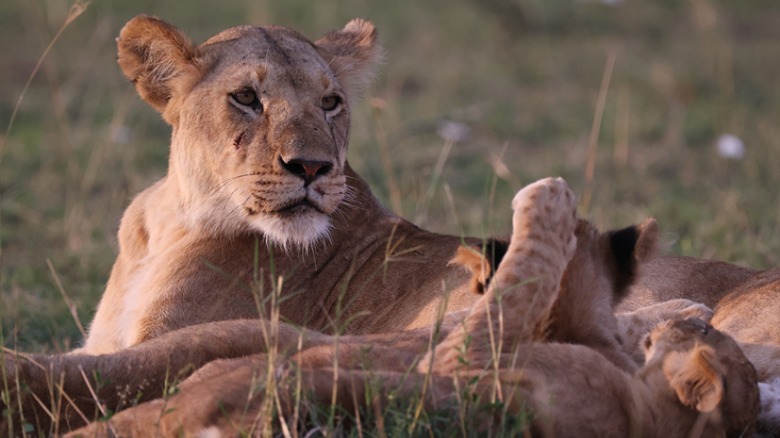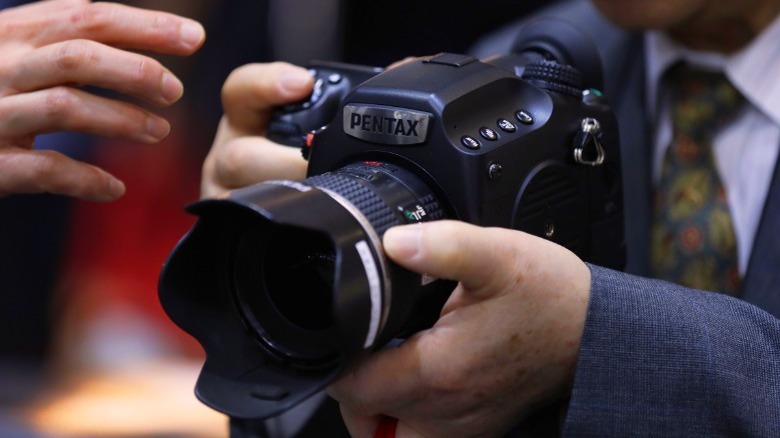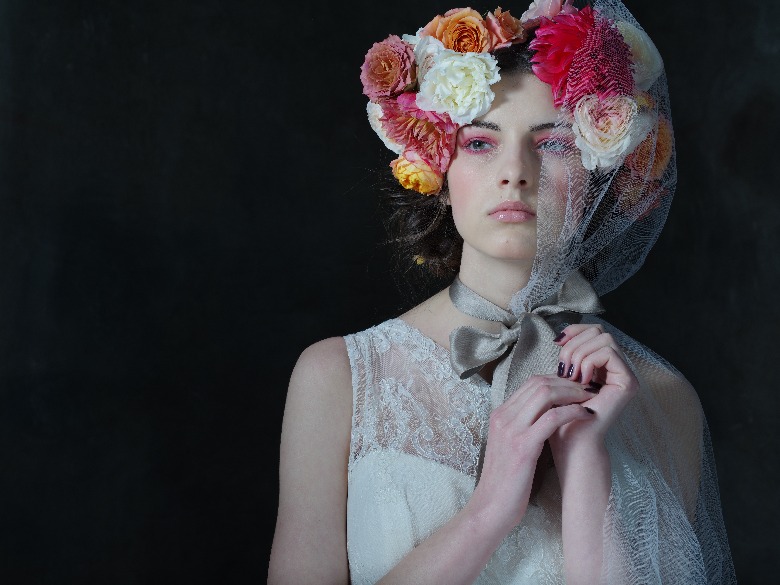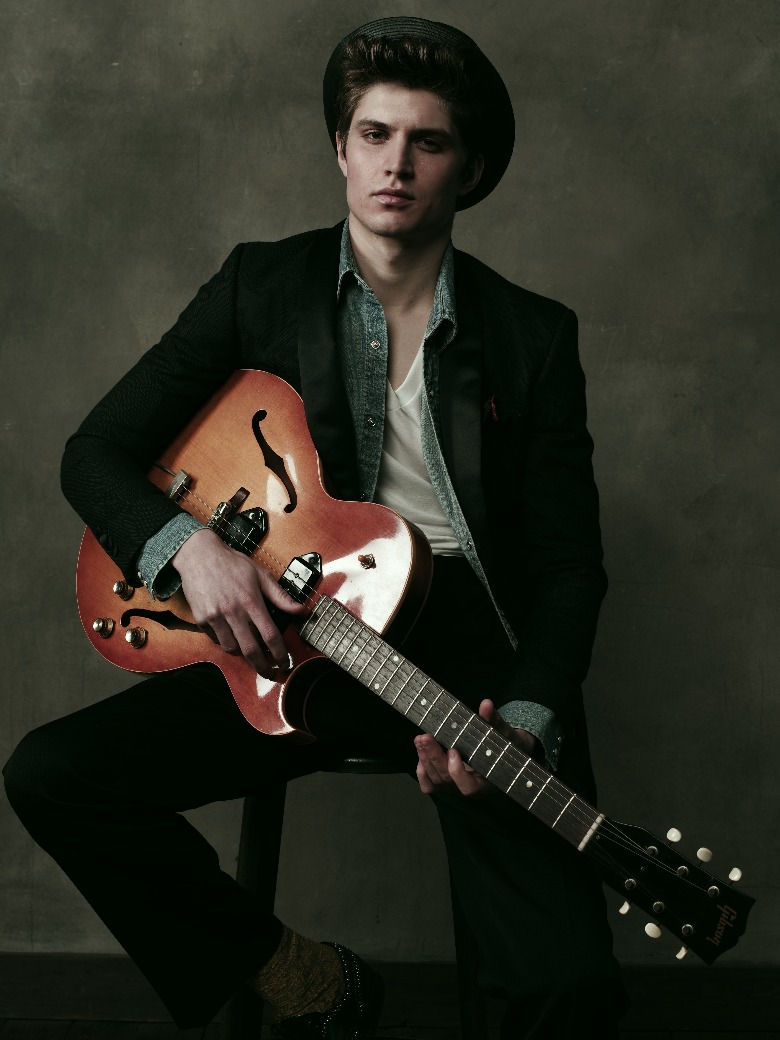The Best DSLR Cameras You Can Buy Right Now
While the camera market and consumer hype machine are moving over to mirrorless bodies, maybe permanently, there are still plenty of capable and inspiring DSLRs for sale. Some of them offer state-of-the-art specs, with many-dozen megapixel images, and up to 4K video recording. They also have the classic optical viewfinder, which projects mirrored images to the eye in a very realistic fashion. As a bonus, it tends to make the camera battery life last much longer, since the viewfinder needs no power to work. Users also have the option to flip the mirror up for live view and video shooting. You can read more on the differences between DSLRs and Mirrorless cameras here.
There are many different types of photographers out there, with varying needs and budgets when it comes to selecting a camera. We'll keep that in mind while we go over some of our favorite recent DSLR models, ranging from compact crop-sensor consumer bodies to rugged alloy professional rigs.
Entry-Level: Nikon D5600
Introduced in 2016, the D5600 sports a look similar to professional Nikon DSLRs, just shrunken down to a more compact, lightweight size. Behind the ubiquitous F-mount is a 24.2-megapixel sensor, with a 1.5x crop factor versus a 35mm full-frame. The body itself is made largely from one piece of polycarbonate plastic. Sturdy, but not as tough as magnesium.
With 24MPs and raw shooting, you have plenty of options when it comes to tweaking or re-cropping photos in editing software. Alternatively, Jpegs can be sent right to your phone via the Nikon app for quick posting on social media. ISO ranges from 100 all the way to 25,600, but noise shows up quickly at the higher settings.
The D5600 will also shoot 1080p video at up to 60 frames per second. Not cinema-quality, but it's more than adequate for many web applications. During live view mode, the camera's flip-out LCD screen comes in handy for vlogging and selfies.
This Nikon is currently available new for around $800, with an 18-55mm kit lens included (via B&H). It features native support for the company's DX budget lens range, as well as any FX lens with a built-in focus motor. If that's a bit rich, the D3500 can be had for a bit cheaper with comparable features, but lacking a flip-out screen. The Canon Rebel SL3 is also a solid EF-mount alternative, with the added ability to shoot 4K video.
Mid-Level: Canon 90D
Since 2019, the 90D has provided a solid option for enthusiasts and semi-pro shooters. Its APS-C sensor squeezes in 32.5 megapixels, giving more crop options than the D5600. Like the Nikon, its body is mostly plastic, but it does have a sleek look and feel. The EF lens mount on the camera is second only to the F-mount when it comes to back-catalog lens compatibility.
The 90D sports two main advantages in its segment, being high-speed and video shooting. Its body will fire impressive ten frame per second bursts with its mechanical shutter, making it an affordable option for sports and action photography. It's also a solid video camera, with 4K recording at 24 or 30 FPS along the full width of the sensor. If you step the resolution down to 1080p, smooth slow-motion shots can also be achieved up to 120 frames per second.
This Canon has also inherited the trademark 'Dual-Pixel' autofocus from its more expensive mirrorless cousins. Over the past few years, this has proven to be one of the fastest and most reliable focusing systems in the market, especially in video mode. The 90D body can be purchased new for about $1,200. $1,600 with the EF 18-135mm kit lens. The F-mount equivalent Nikon D7500 is a cheaper $1,000, but doesn't quite stack up to the Canon for video settings and overall resolution
Budget Full-Frame: Pentax K-1 Mark II
The Pentax K-1 combines classical styling and professional shooting features. It brings stellar low-light performance to the table with its full-frame 35mm sensor and boosted ISO up to a staggering 819,200. It also features internal image stabilization, which is a rare find in a DSLR. This allows low shutter speed shots to be taken handheld, maximizing the camera's nighttime shooting ability.
You also get a durable, weather-sealed body made from magnesium and stainless steel. The 36.4 megapixel resolution is plenty for most photographers. The sensor-shift can even be used to generate high-res panoramas in-camera. Raw images are also recorded in 14-bit color-depth, giving them extensive malleability in editing software.
The Pentax K-mount does, however, have a smaller lens selection than either Canon or Nikon. Video features are also lacking, maxed out at 1080p with 30 FPS. Retail is just under $1,800. The Nikon D610 and Canon 6D Mark II both undercut that price, but lack the Pentax's resolution, alloy body, and body stabilization.
Professional Full-Frame: Nikon D850
The F-mount D850 is the current pinnacle of Nikon shooting, likely the last pro DSLR body the company will release for the time being. The 45.7 megapixel, 14-bit raw images are excessive for amateurs, but allow maximum detail to be captured within a frame. At highest settings, it can churn through seven frames per second. The Nikon uses 153 points of autofocus tracking, making it among the most advanced focusing systems in the world. A tilting LCD screen aids in waist-level and over the head shooting while in live view mode.
Another unique feature is its low native ISO of 64, giving it the cleanest possible image at base settings. In low light, the ISO can be extended up to 102,400. 4K footage recording runs at 24 to 30 FPS, with 1080p supported up to 120 FPS. Video shooters will love the dedicated mic jack, plus the ability to send uncompressed footage to an external recording unit. In time-lapse mode, the D850 is able to merge many consecutive exposures into one 8K clip.
The D850 inherits the heavy-duty magnesium chassis and intuitive ergonomics of its predecessors while managing to be lightweight for its size. It also has full Bluetooth and Wi-Fi connectivity, allowing the camera to be controlled via Nikon's app. The price comes in just under $3,000, making the D850 more an investment than a toy. Canon's 5D Mark IV can be had for cheaper, albeit with lower resolution and fewer focus points.
Sports Shooting: Canon 1D-X Mark III
The 1D-X features a beefy magnesium body, and an integrated vertical grip allowing the photographers to take portrait-oriented shots comfortably. Resolution out of the full-frame sensor is just over 20 megapixels, which you may consider low for a pro body. That lower resolution allows the EF Canon to shoot and process photos continuously at 16 frames per second, and 20 FPS in electronic shutter mode. It's also rated to cycle through at least 1,000 frames before it has to slow down, with 191 autofocus points keeping it tack-sharp. This speed makes it the perfect choice for capturing fast-moving action, with 191 autofocus points keeping it tack-sharp.
Video specs are also no joke, with the 1D-X Mark III being able to capture 5K raw footage at up to 60FPS, plus more practical 4K60 10-bit video, and 1080p at 120 FPS. Raw video can be tweaked and edited with similar freedom to raw format photos, but takes up a massive amount of file space. To keep up with high-speed and 5K shooting, the Canon requires expensive CF Express cards, with no SD slot available.
Fitting its size, the 1D-X Mark III demands a hefty $6,500 price tag. Nikon has a comparable body in the D6, which also has a built-in grip, and costs almost exactly the same. The D6 features slightly higher resolution, and slightly lower continuous shutter actuation speed, but can't hold a candle to the Canon when it comes to video horsepower.
Medium Format: Pentax 645Z
This Pentax model goes beyond full-frame, with a huge 43.8 millimeter-wide sensor boasting 51.4 megapixels. In the film days, medium formats were preferred by studio and magazine photographers for their increased resolution, and the same advantages apply to digital. The larger sensor can also soak up more light than a full-frame, get more usable dynamic range, richer color depth, and achieve shallower depths of field at fast apertures. ISO ranges from 100 to 204,800.
These advantages do have drawbacks, however. The camera body is big and heavy, making hand-holding a chore. The 645-mount lenses will also be heavier than, and more expensive, without the ability to be used on any other bodies. If you want to attain the medium format look, these are just the concessions that have to be made.
Video recording is also included on the 645Z, seemingly as an afterthought. It maxes out at 1080-30 output. There's also a 4K time-lapse mode, but the Pentax is primarily designed to take fantastic stills in a mostly stationary setting. The body alone costs almost $7,700 but that's a bargain when it comes to medium format shooting. One of the only DSLRs that can surpass the Pentax's specs is the German-made Leica S3. That camera can take 64-megapixel stills, but also comes with an astronomical $20,000 price tag.
